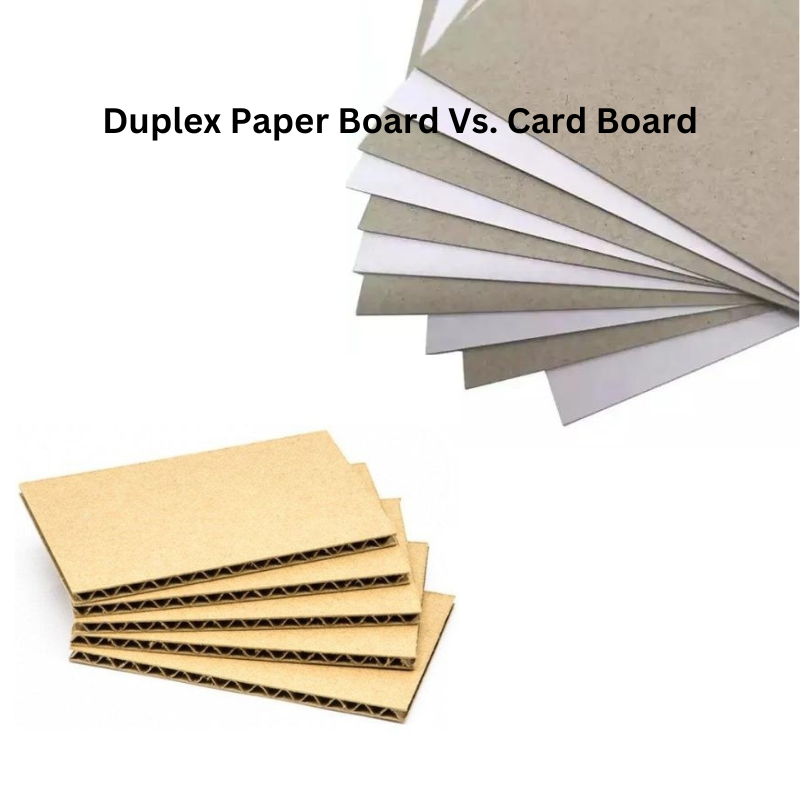Identifying the Difference Between Cardboard and Paperboard

When it comes to packaging materials, the terms paperboard and cardboard are often used interchangeably. However, there are some key differences between the two, particularly in their composition and intended use. Understanding these differences can help businesses make informed decisions when selecting the right material for their packaging needs.
Paperboard, also known as duplex paper board, is a thick paper-based material that is stiffer, stronger, and more durable than standard paper. It is commonly used in the production of product packaging, including boxes, cartons, and folding cartons. Paperboard is measured in terms of thickness and weight, and it is available in a variety of grades to suit different packaging requirements.
Cardboard, on the other hand, is a generic term used to describe a heavier and thicker paper-based material. It is often composed of multiple layers, or plies, of paper, which are bonded together to create a stronger and more rigid structure. Cardboard is widely used for packaging, shipping boxes, and other applications that require a higher level of durability and protection.
While both paperboard and cardboard are made from paper, the main difference lies in their composition and intended use. Paperboard is typically lighter and more flexible than cardboard, making it well-suited for applications where a degree of rigidity is required, such as folding cartons for consumer goods. Cardboard, with its greater thickness and strength, is better suited for applications where greater durability and protection are needed, such as shipping boxes for transporting goods.
It’s important for businesses to carefully consider their packaging requirements when choosing between paperboard and cardboard. Factors such as the weight and fragility of the product being packaged, the method of distribution, and budget considerations all play a role in determining the most suitable material. Additionally, environmental considerations are becoming increasingly important, with many businesses opting for sustainable and recyclable packaging materials.
In recent years, there has been a growing trend towards sustainable packaging solutions, with a focus on reducing environmental impact. Both paperboard and cardboard are inherently more sustainable than many alternative packaging materials, as they are made from renewable resources and are biodegradable. Furthermore, advancements in manufacturing processes have led to the development of eco-friendly options, such as recycled paperboard and cardboard, which offer businesses a more environmentally responsible choice.
When it comes to printing and branding, both paperboard and cardboard provide excellent surfaces for high-quality graphics and designs. They can be easily printed, embossed, and coated to enhance visual appeal and communicate product information effectively. This makes them ideal choices for companies looking to create distinctive and eye-catching packaging that strengthens their brand identity and attracts consumers’ attention on the retail shelf.
While paperboard and cardboard are both paper-based materials used for packaging, they differ in composition, strength, and intended use. Understanding these differences is crucial for businesses seeking to select the most appropriate material for their packaging needs. With careful consideration of factors such as product requirements, environmental impact, and branding opportunities, businesses can make informed decisions that align with their objectives and values.

